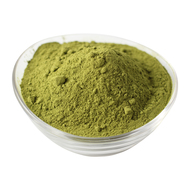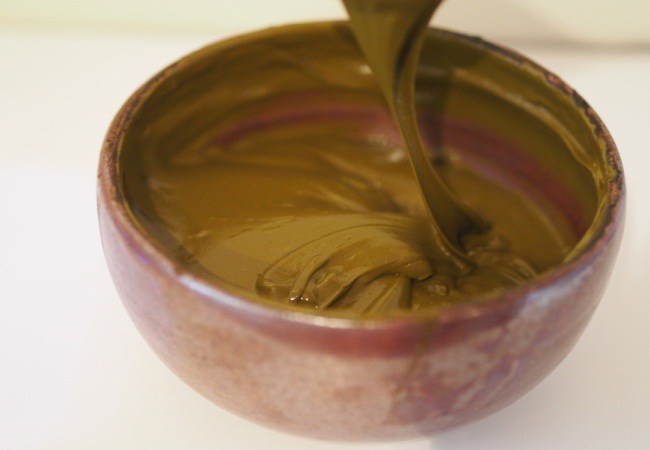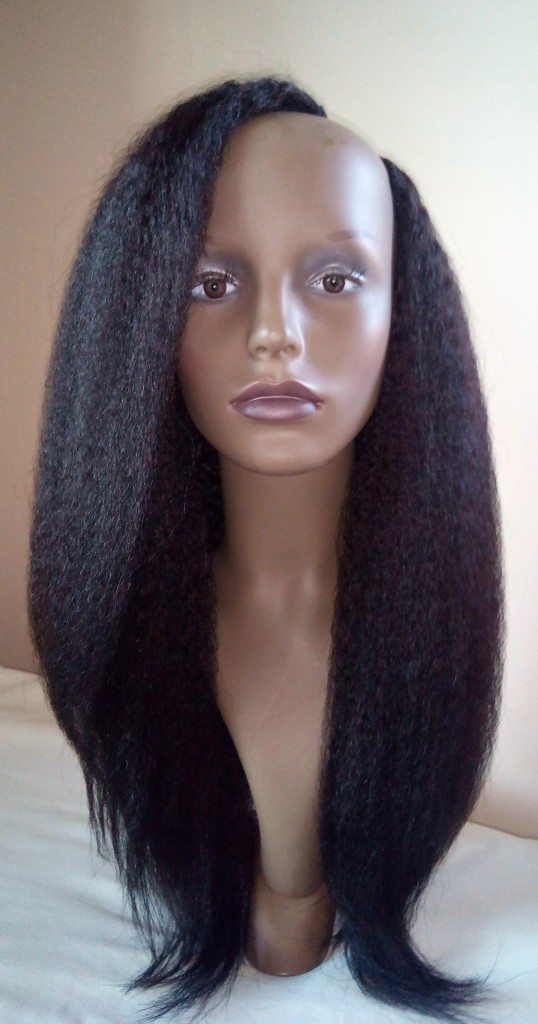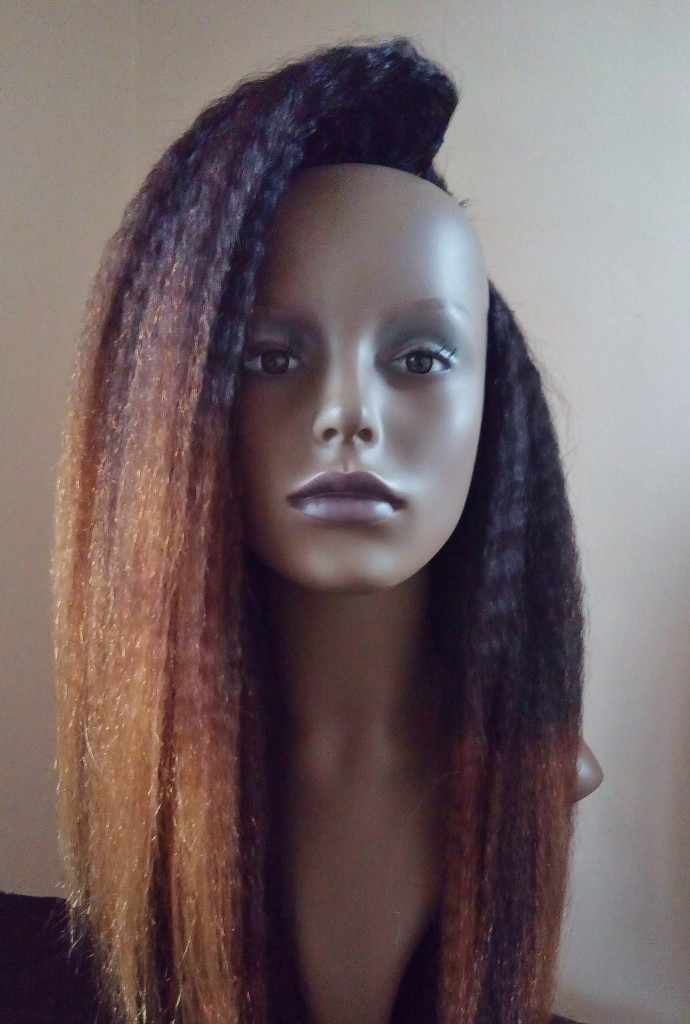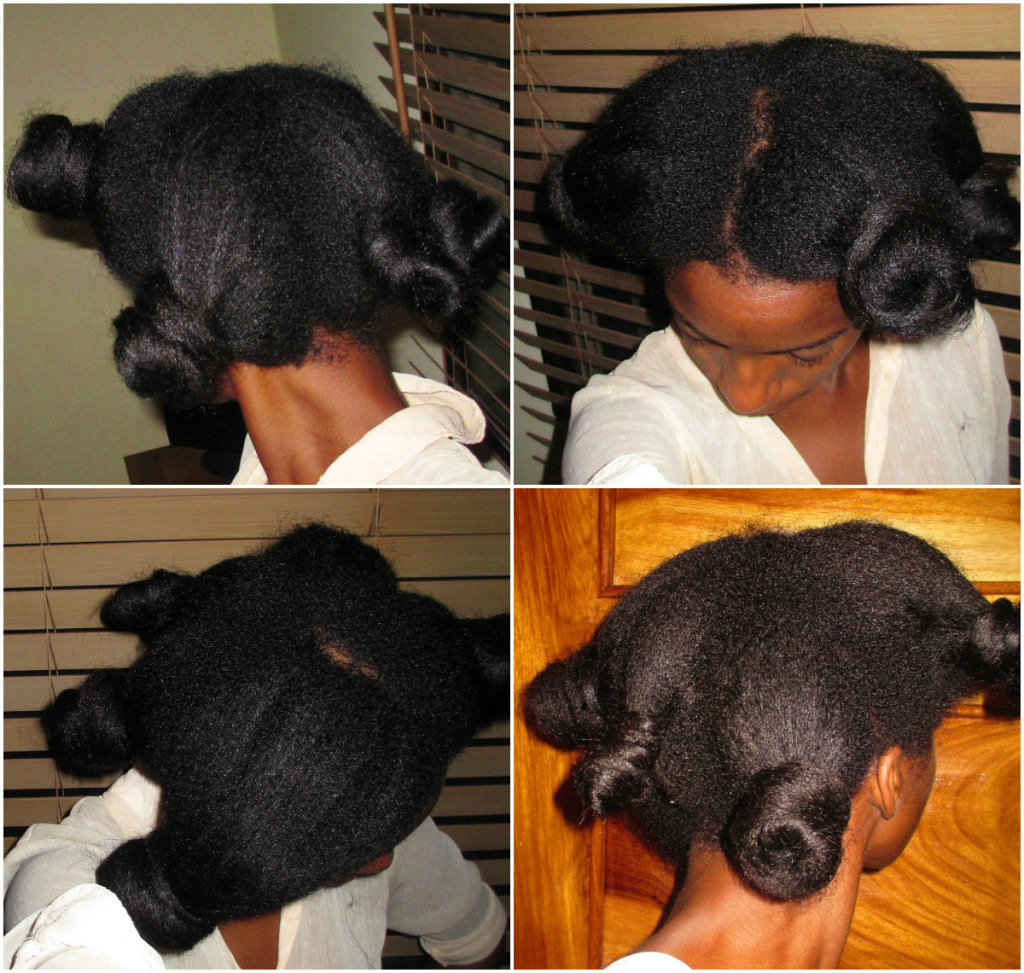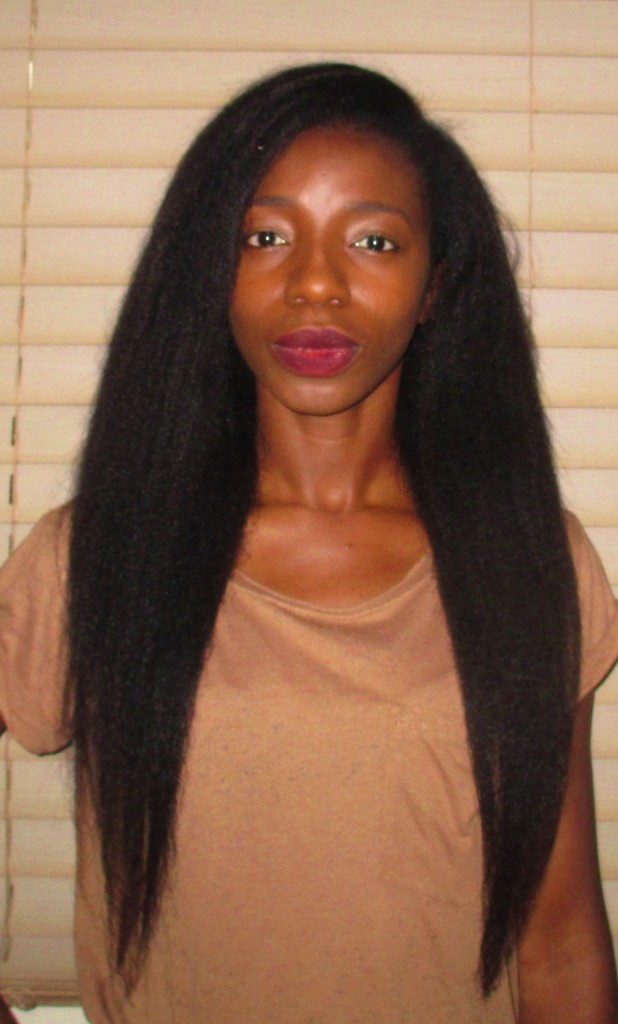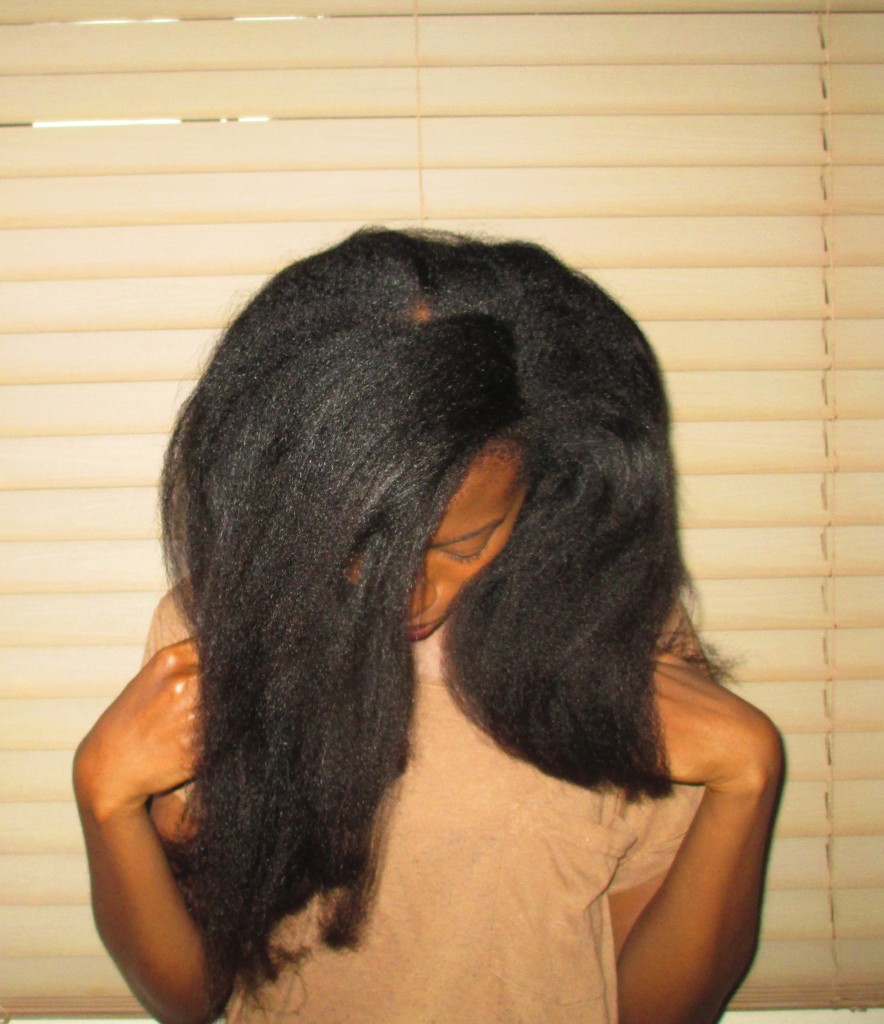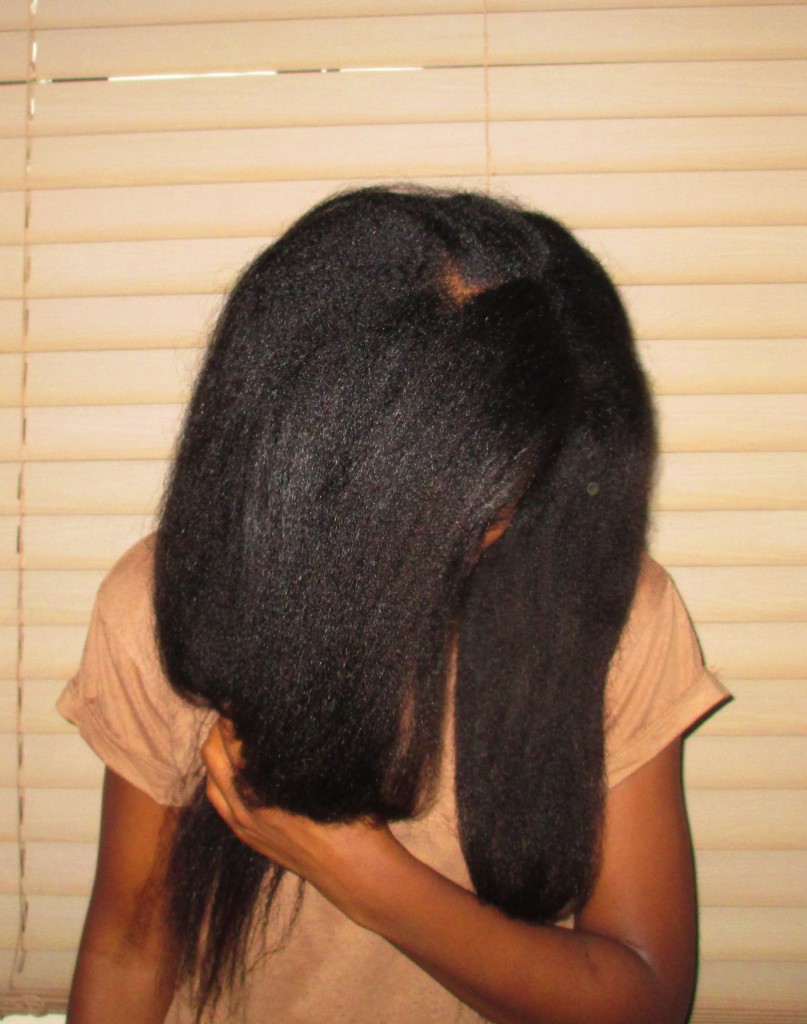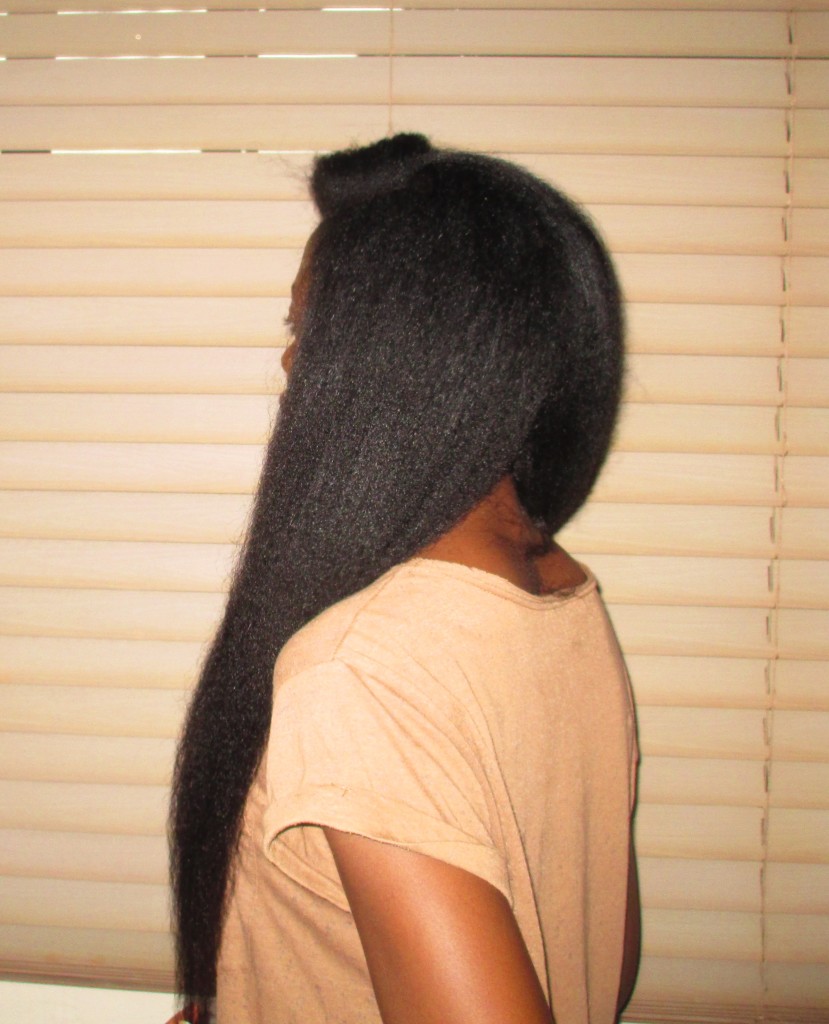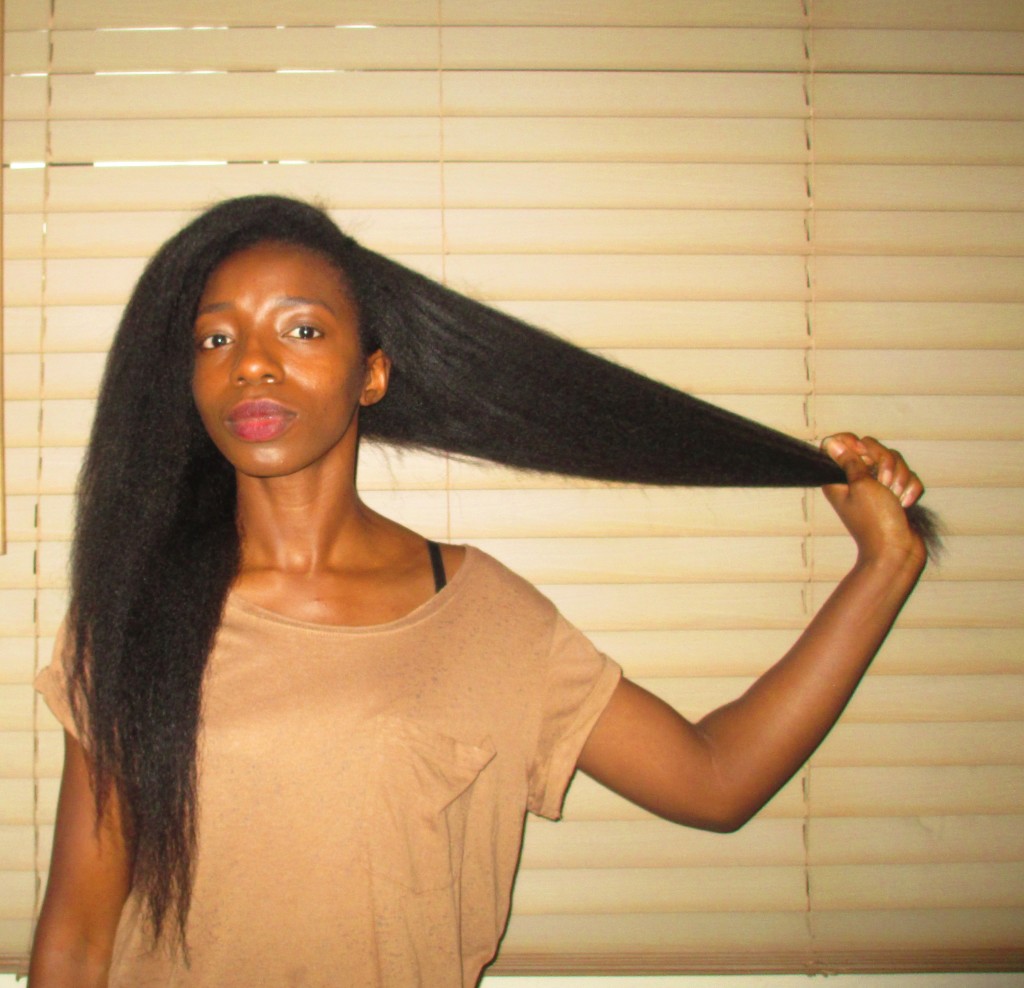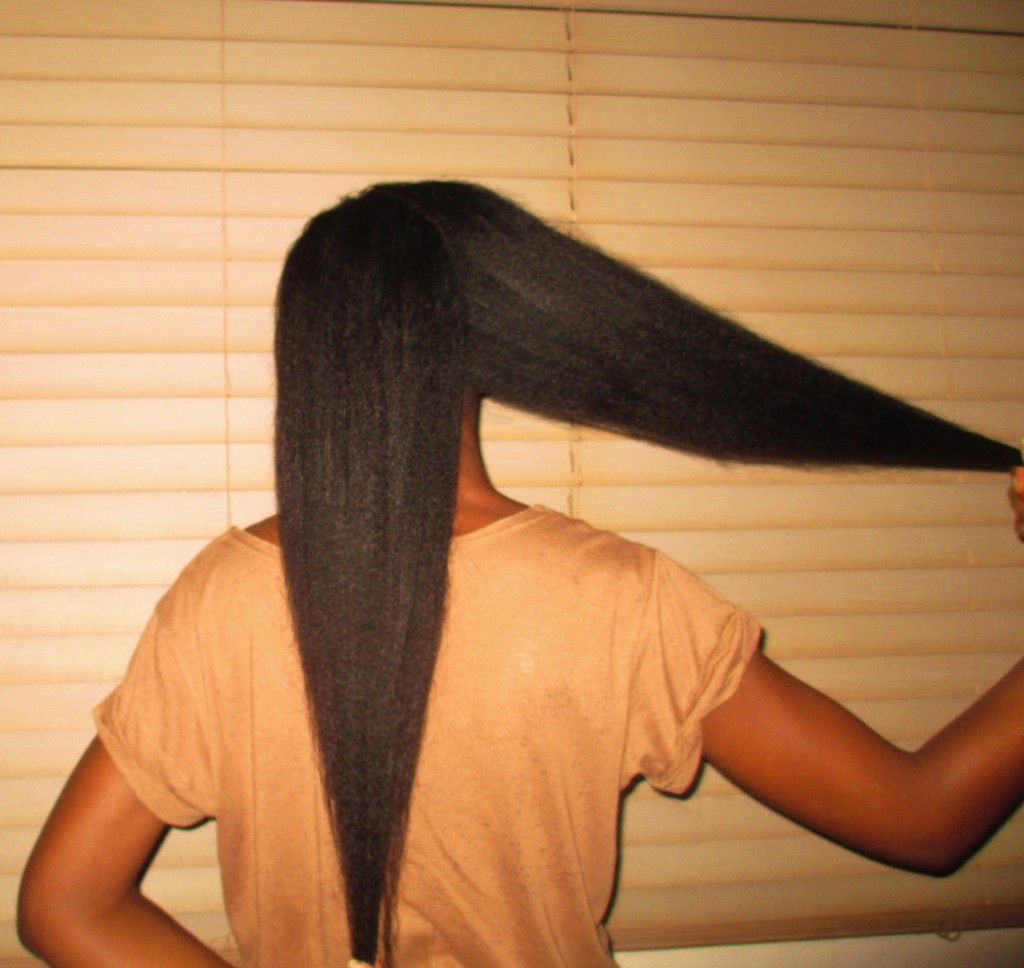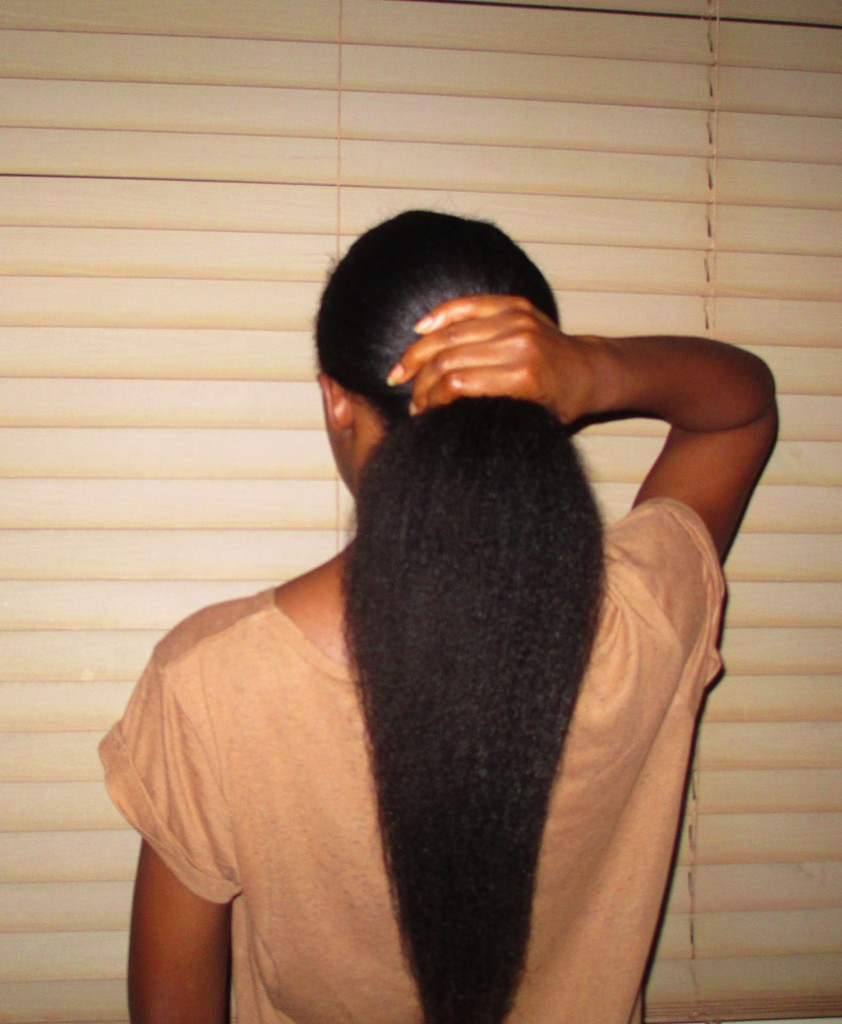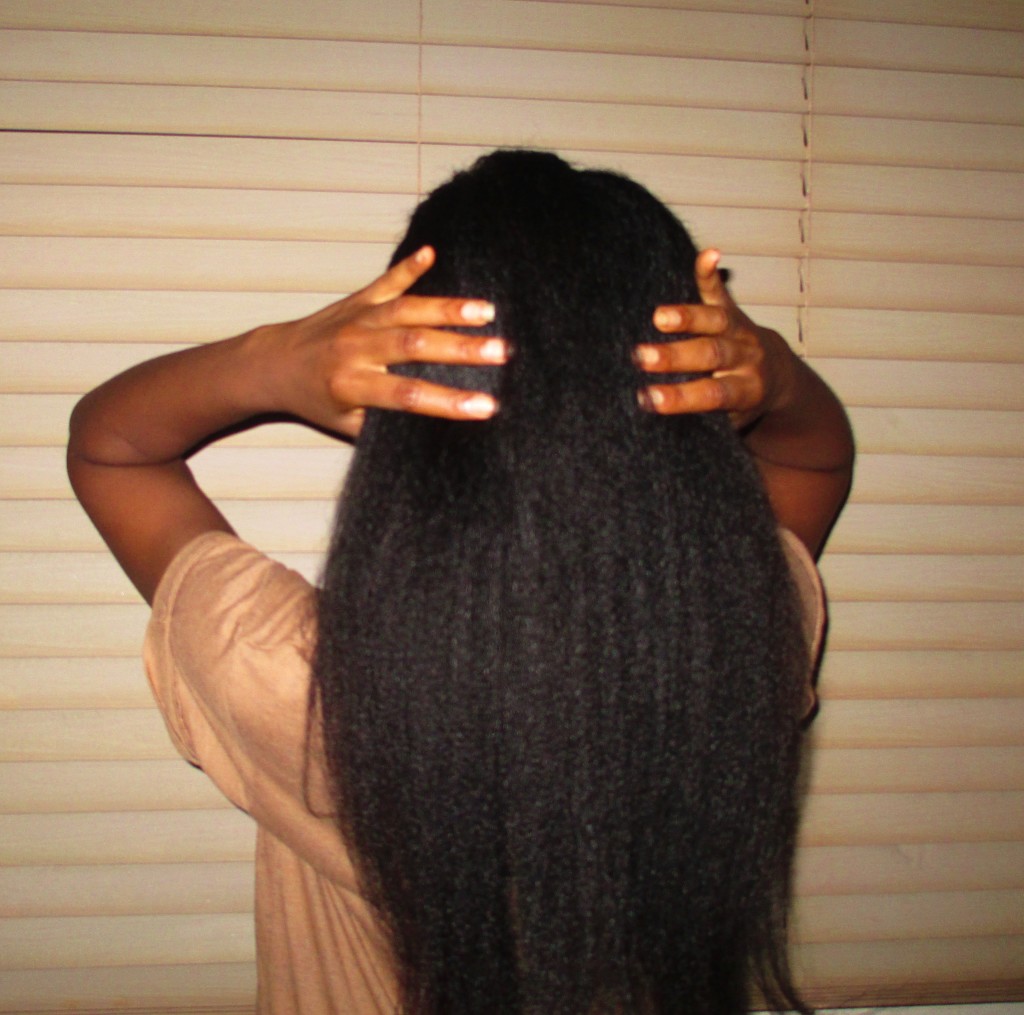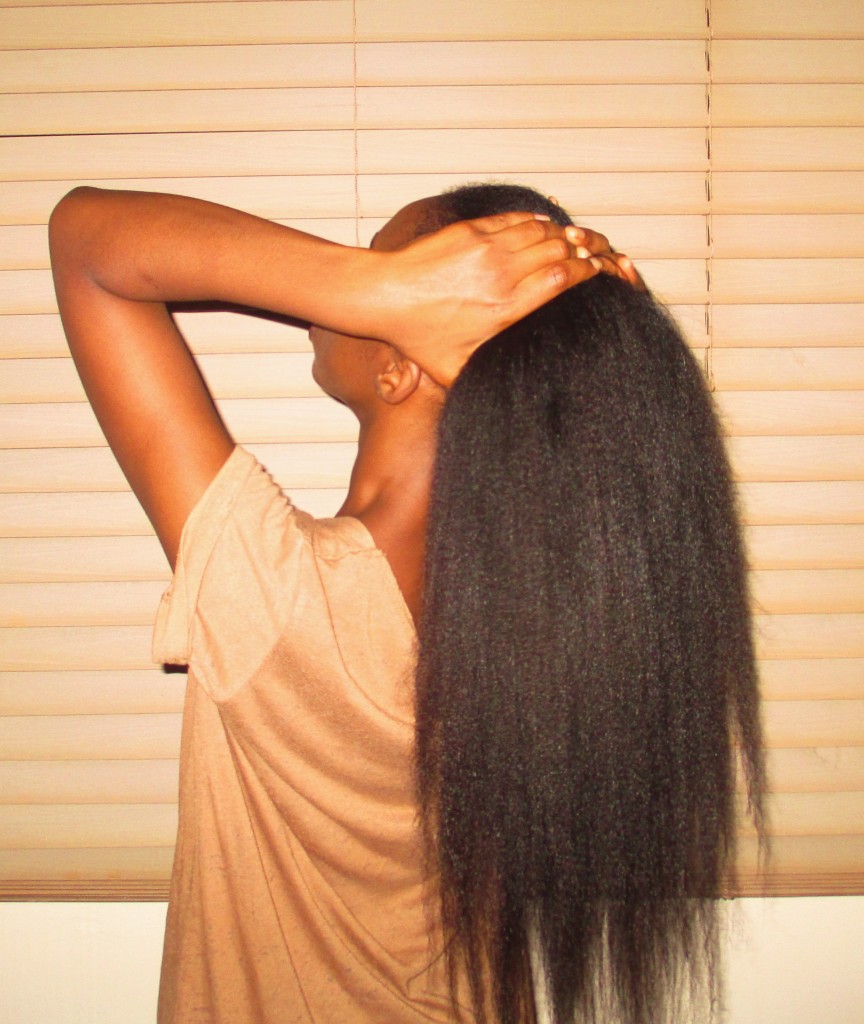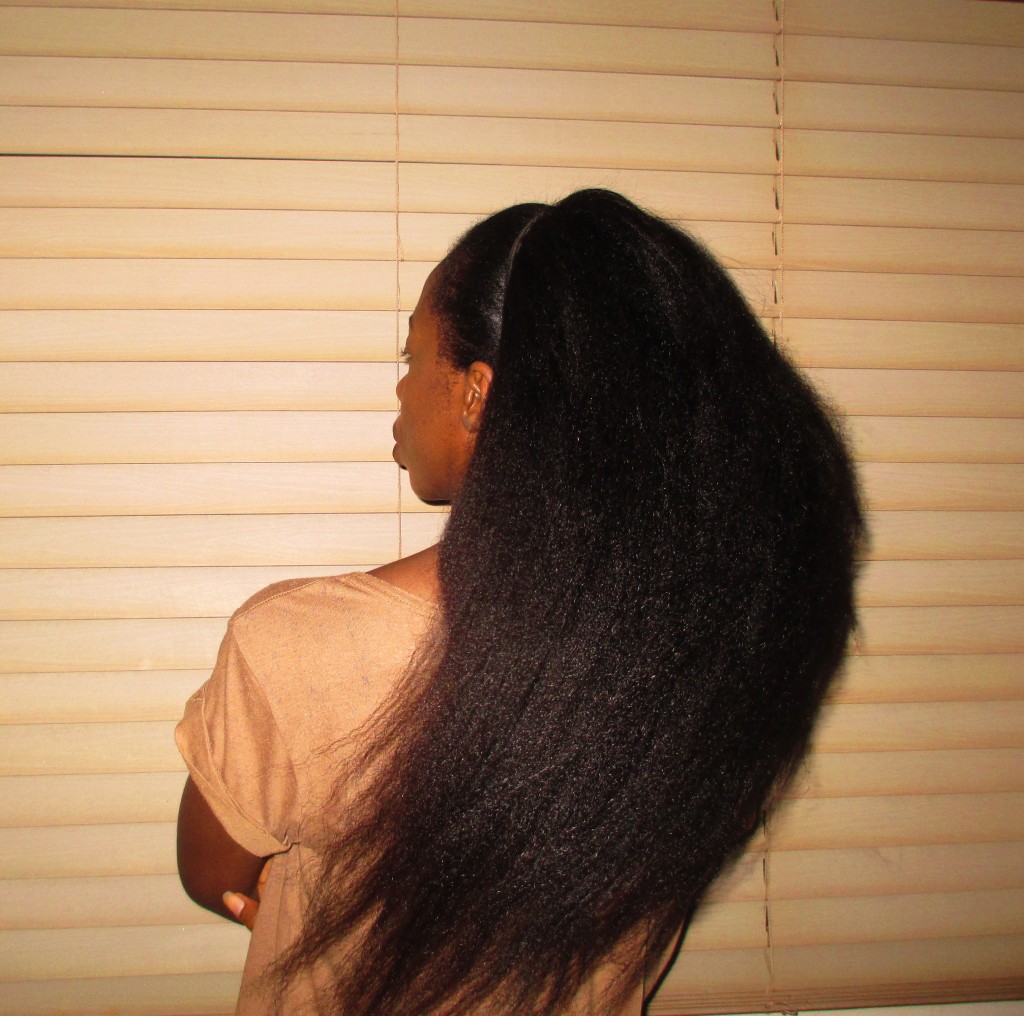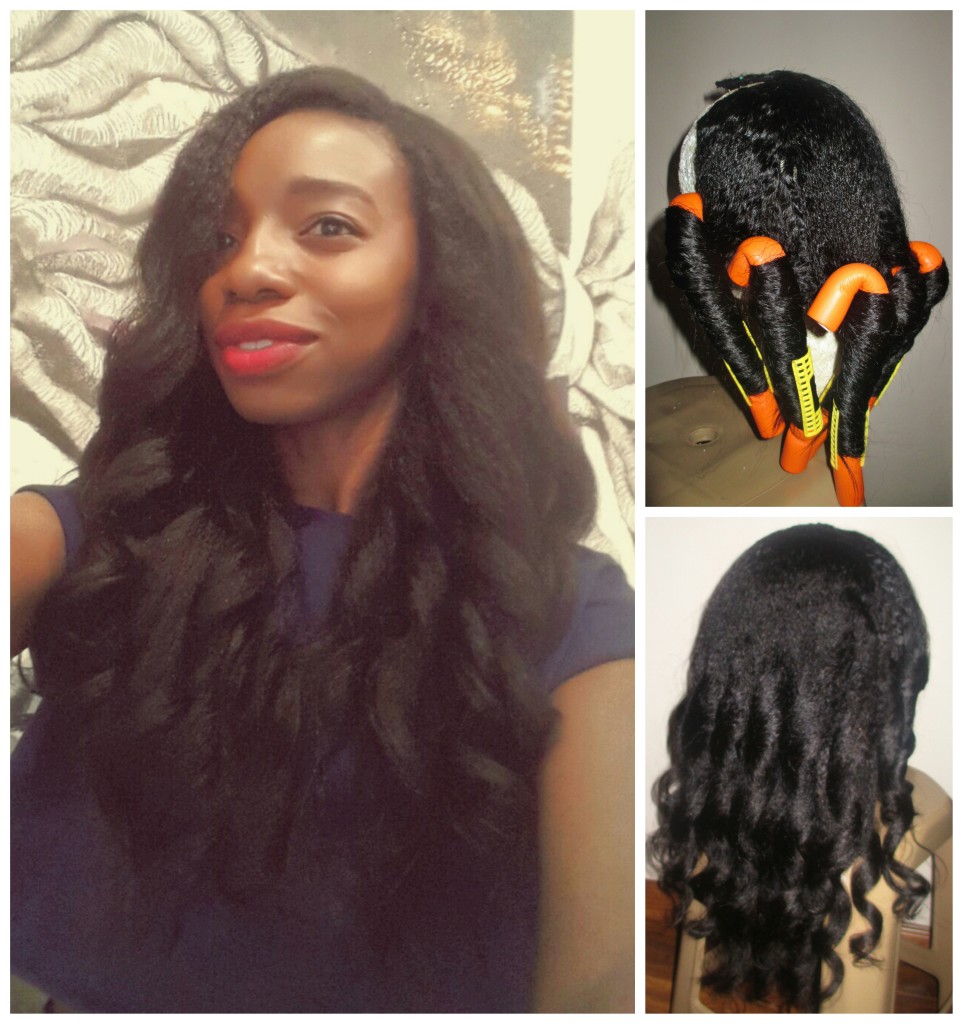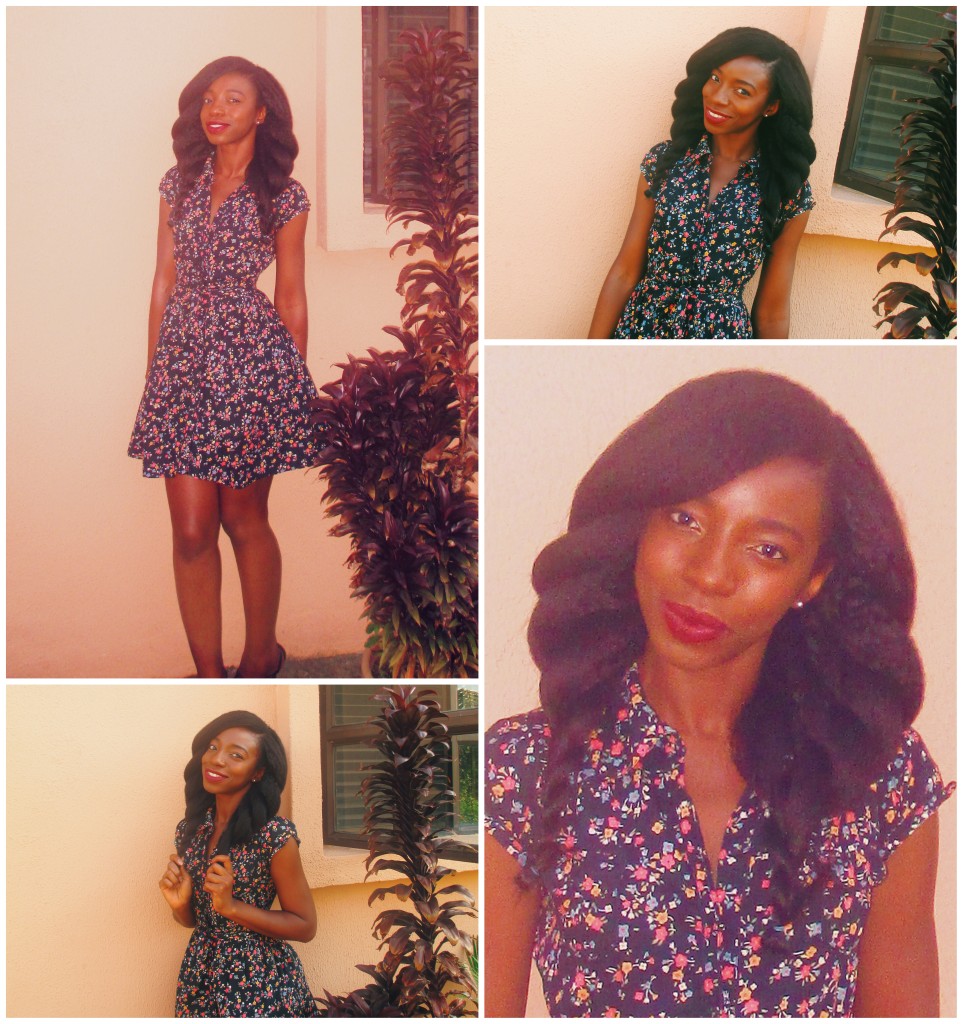Natural alternatives for dyeing hair have been available for many centuries and are commonly used amongst Indian women. Henna and Indigo are some of the most widely used all natural hair dyes and I will discuss what they are, how they are used and their pros and cons in this blog post. So if you are interested in colouring your hair and would rather stay away from the harsh commercial dyes this post is a must read.
HENNA
What is Henna and How Is It Used
Henna is a plant derived dye which is sold in a powder form that tends to be greenish in colour. The henna powder must be mixed with a low PH liquid such as lemon juice and this will cause the henna powder to release its dye. Some ladies add other natural ingredients such as honey and green tea to enhance the colour or richness of the henna. The paste is left to sit for about 8 or more hours to allow dye release to occur. The paste (mix of henna powder, lemon juice and other ingredients if added) can then be applied to hair and left on for a few hours.
Henna can be very drying because the deposits bind very well to the cuticles ( out layers) of our hair, similar to the way protein conditioners work. It is therefore important that you rinse your hair thoroughly and follow with a moisturising deep condition.
What Kind of Colour Can Be Achieved
100% henna can only give dark hair colours in the red(ish), brown(ish), orange(ish) or burgundy range. Any henna dye which claims to give hair colours outside this range is likely to have been mixed with other ingredients and may not be safe for use. Always purchase what is known as Body Art Quality (BAQ) henna for use on your hair. Sites such as…… and The intensity of the colour will depend on your own hair, how long you leave the dye on for and how regularly you use henna on your hair. If you would like to dye your hair a dark brown or black colour, indigo, which is another natural dye may be used after henna to achieve a dark colour. This will be discussed further below.
How Long Does It Last and How Often can You Use it
Henna hair dye is a semi-permanent hair colour and lasts for a few weeks. Henna can be used every 4 to 6 weeks. Foe ladies who are relaxed, it can be used two weeks after relaxing your hair.
INDIGO
What is Indigo and How Is It Used Indigo is also a plant derived dye that comes in a powder form and is greenish in colour. When mixed with water to form a paste the powder will release its dye. Unlike henna the paste does not have to sit for hours for full dye release to occur. Indigo should only be applied after henna has been rinsed out. Using indigo alone will result in blue hair or the colour may not take.
What Colours can Be Achieved
When used after henna, Indigo will give hair a black or blue-black colour. How Often can it be used Indigo can be used after every henna application.
Pros of Natural Hair Colours
- It can be used on all hair types and
- It can be used on hair that has been previously coloured with chemical hair dyes
- Temporaily thickens hair because the colour deposits sits on top of each hair fiber thereby increasing its diameter
- It has strengthening and conditioning properties
- It covers gray hair well.
Cons of Natural Hair Colours
- It can be time consuming to prepare and use
- It is temporary and will fade gradually over a few weeks.
- Application can be messy and can stains your clothes permanently and your hands temporarily. So it is best you wear clothes you don’t care about during the process.
- Some natural haired ladies note that henna loosens/changes their natural curl pattern….some ladies don’t mind this and this is actually a desired result for some.
- They are not as readily available as commercial dyes. You have to either other them online, purchase them from Indian stores or healthy hair stores that carry natural treatments and dyes.
Patch Test
Please note that although henna and indigo are all natural some ladies may react to it. I recommend that you test them on a small section of your hair to ensure you do not have an allergy to either of them
Do Your Home Work
Please note that the content of this post gives an overview of henna and indigo. If you would like to use henna and indigo i recomend that you do more research on the various methods of making the paste and applying it on the reputable websites and good old YouTube.
And that is the basic gist on natural hair colours. Although I don’t use either henna or indigo at the moment I can see it in my future when i have loads of grey hair. Because I don’t plan on giving up texlaxing anytime soon , natural hair colours is most likely going to be my future hair colour.
My next post will be my hair update and a hair style pictorial. Come back soon.
X
Lade
Learn | Change | Grow

